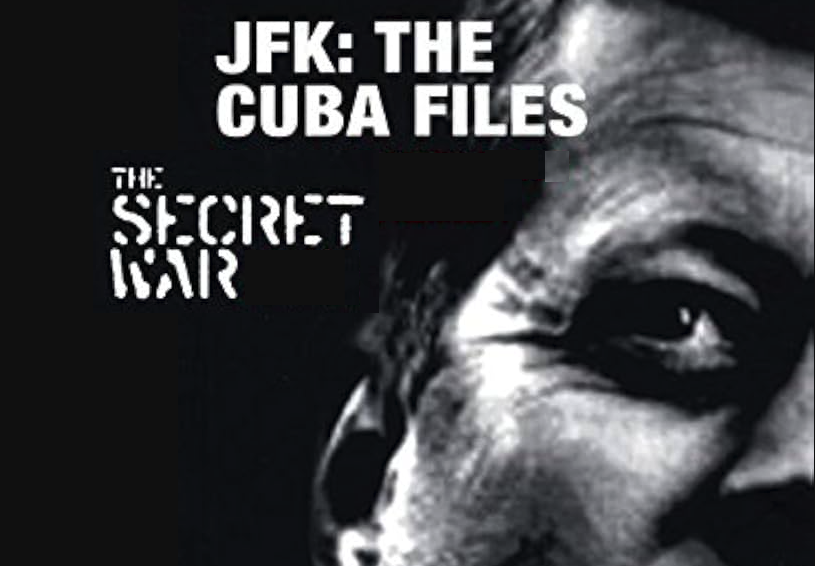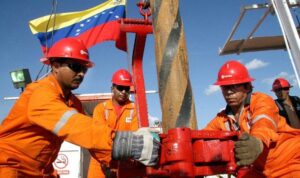
Published 30/03/2025 09:18
A new set of recently disqualified documents, known as “JFK files”, brought to light evidence that the United States intelligence apparatus has employed media manipulation strategies and possible biological attacks to isolate and harm Cuba during the Cold War. Records reveal how US military and intelligence agencies used the press, epidemics and economic restrictions to undermine Fidel Castro’s revolutionary government.
Media campaigns and diplomatic pressure
A document classified as “secret”, identified as the Memo 64, details an operation coordinated by the US Intelligence Station in Mexico City to disseminate information on foot and smallpox fever outbreaks in Cuba. This strategy aimed to discourage the participation of Mexican architects in the Congress of the International Union of Architects, held in Havana, in an effort to limit Cuban influence on the international scene. According to the document, 52 of the 60 Mexican architects initially registered gave up on appearing due to alleged sanitary threats.
It is still unclear whether these epidemics were real or if the misinformation campaign succeeded in propagating the false idea of a health crisis. In addition, there is no confirmation of whether the outbreaks occurred naturally or were deliberately provoked as part of a biological war program.
Use of biological weapons against Cuba
Researchers indicate that the use of biological weapons against Cuba may have been a practice of US intelligence. The same document refers to an attempt by the Department of Defense to release infected ticks in the Cuban territory to weaken the labor of the sugar industry, vital to the country’s economy.
The Cuba offensive also included a wide campaign to prevent international events from occurring on the island. The documents show that the US pressured Argentine architects to boycott the Havana Congress and coordinated actions with an intelligence station in Brazil to prevent trips to the country.
Economic restrictions and advertising control
Another section of the files detail how the US made it difficult to enter Cuba’s financial resources. The State Department prevented the purchase of planes by Cuban Airlines, while the Treasury Department restricted the sending of remittances from Cubans exiled to the US to their family members in Cuba.
The section entitled “Advertising Movement Control” appears almost completely blank, with only one illegible handwritten inscription, suggesting that certain information may have been purposely omitted.
Concerns about Cuban influence in Latin America
The documents show that in the months prior to the murder of John F. Kennedy in November 1963, the high levels of American military intelligence were increasingly concerned about Cuba’s influence in Latin America. The revolution led by Fidel Castro, who overthrew Fulgencio Batista’s regime in 1959, and the subsequent alliance of Cuba with the Soviet Union were seen as direct threats to US interests in the region. This culminated in the 1962 missile crisis, one of the most tense moments of the Cold War.
Parallel with the present
Connections between intelligence agencies and outbreaks of disease remain a topic of debate. In 2023, complaints claimed that the CIA would have offered financial incentives for analysts to change their conclusions about the origin of COVID-19. In January 2025, the pandemic narrative changed to favor laboratory leakage theory, linking the start of the outbreak to the Wuhan Virology Institute, which would have counted on US support.
The dissemination of “JFK archives” reinforces a history of clandestine operations carried out by the United States government, raising questions about the role of intelligence agencies in manipulating international crises.
With information from Cuba Debate and The Dallas Express
Source: vermelho.org.br

